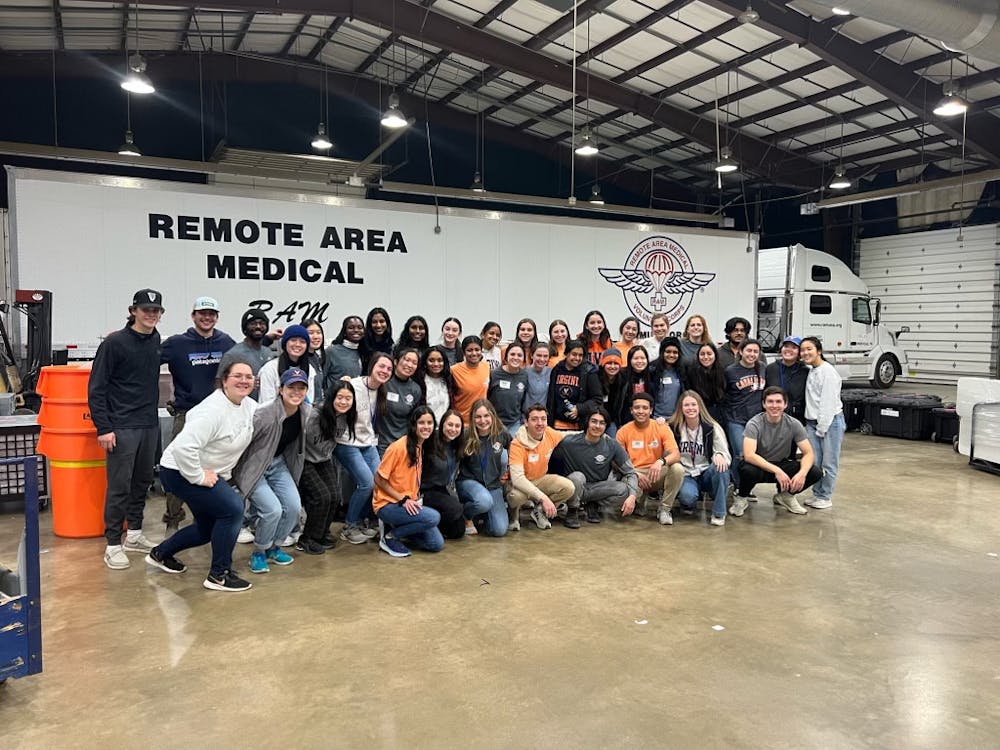In 1980, PBS launched “Cosmos: A Personal Journey,” a 13-part show featuring astronomer Carl Sagan that would become the most watched in the network’s history. On Mar. 9, Fox and Natural Geographic re-launched the show as “Cosmos: A Spacetime Odyssey,” with Neil deGrasse Tyson presenting and Seth MacFarlane and Sagan’s widow Ann Druyan as executive producers.
Tyson, director of the Hayden Planetarium and the man responsible for revoking Pluto’s planetary status, has made multiple appearances on The Daily Show and The Colbert Report and is one of the world’s most public astronomers. “Cosmos” relies on Tyson’s entertainment and communication skills as much as his scientific knowledge. He’s overwhelmingly excited to be presenting this show, and the viewer can’t help but get caught up in it.
The pilot episode begins with the opening of the original show, Sagan standing by the ocean, holding a dandelion puff, which blows out of his hand and floats to Tyson, who is standing just a few feet away.
“A generation ago, the astronomer Carl Sagan stood here and launched hundreds of millions of us on a great adventure — the exploration of the universe revealed by science,” Tyson says. “Time to get going again!”
Tyson then gets into a spaceship and flies away. This made perfect sense to me, because I’d seen it used as a plot device in the original show, but may seem a bit bizarre to first-time viewers.
Overall, the show is engaging, informative and breathtakingly beautiful, but it has a few issues with timing. It spends around 10 minutes giving very basic descriptions of the planets in our solar system then tries to explain every other level of the universe in just a few, so that it can devote the next 10 minutes to a somewhat strange animation about the life of persecuted 16th century theorist Giordano Bruno.
However, the show seems to settle into more of a rhythm in its last third, as Tyson uses the “cosmic calendar” model to succinctly explain the history of universe, and how humans fit into it. The show then ends with a touching, if slightly rose-tinted, tribute to Sagan.
Stylistically, the show is very different than Sagan’s original. It comes across as a bit over-dramatic and relies heavily on CGI effects, whereas the original actually felt like Sagan was having a conversation with the viewers.
But the message of the show is the same: the world is awesome, and though we are a tiny part of it, we have an immense capacity to explore and understand our universe.




